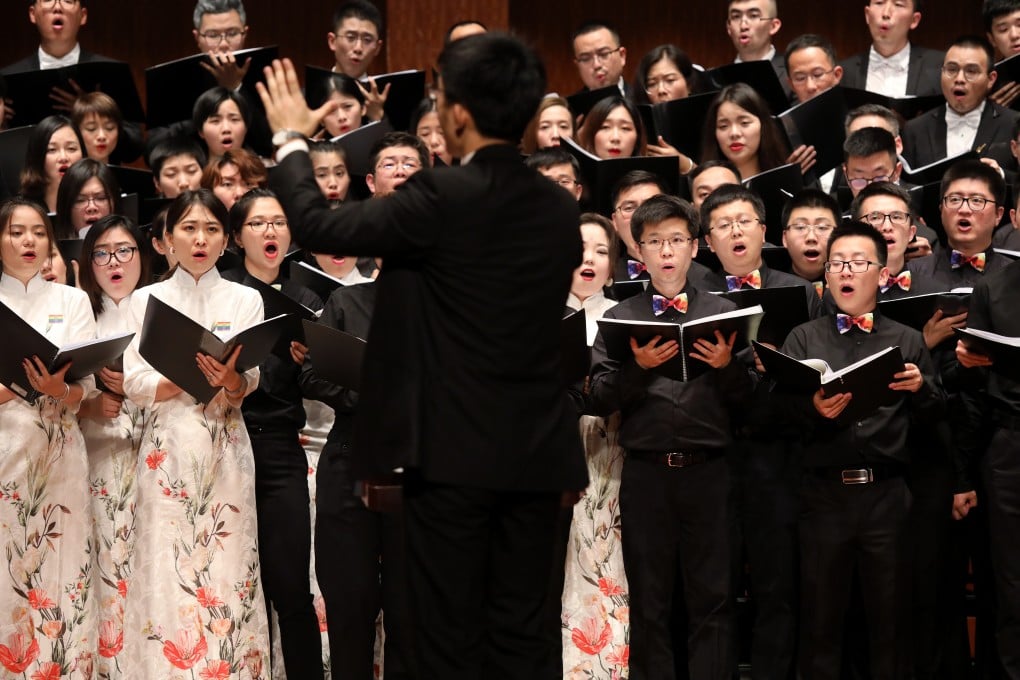Advertisement
Opinion | Video shows just how easily Covid-19 could spread when people sing together
- New study includes filming droplets and aerosols emitted when someone sings, highlighting how singing might be an infection risk
- We tend to think of only coughs or sneezes as the primary source of generating aerosols. But even breathing generates aerosols
Reading Time:3 minutes
Why you can trust SCMP
0

Production of the reality TV show The Masked Singer was shut down last month after several crew members were infected with Covid-19.
It’s one of several examples of Covid-19 transmission associated with singing around the world since March, prompting some jurisdictions to ban group singing altogether.
In New South Wales, for example, choral singing is banned and there are “no singing” rules at weddings and nightclubs.
Now our new study, which included filming droplets and aerosols emitted when someone sings, shows how singing might be an infection risk. This is especially if many people sing together, in a poorly ventilated room.
What we did and what we found
We took high-speed video of a person singing a major scale, as do-re-mi-fa-so-la-ti-do. We then tracked the emissions of droplets and aerosols.
Advertisement